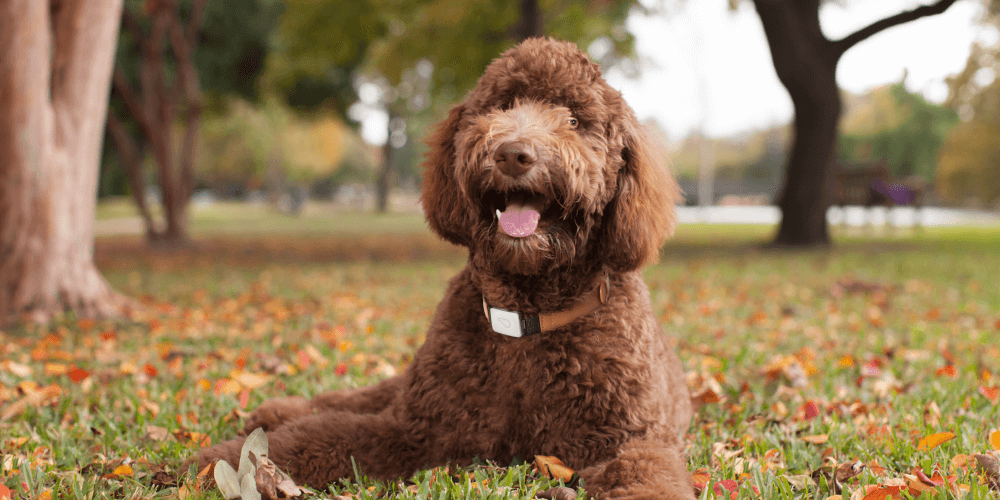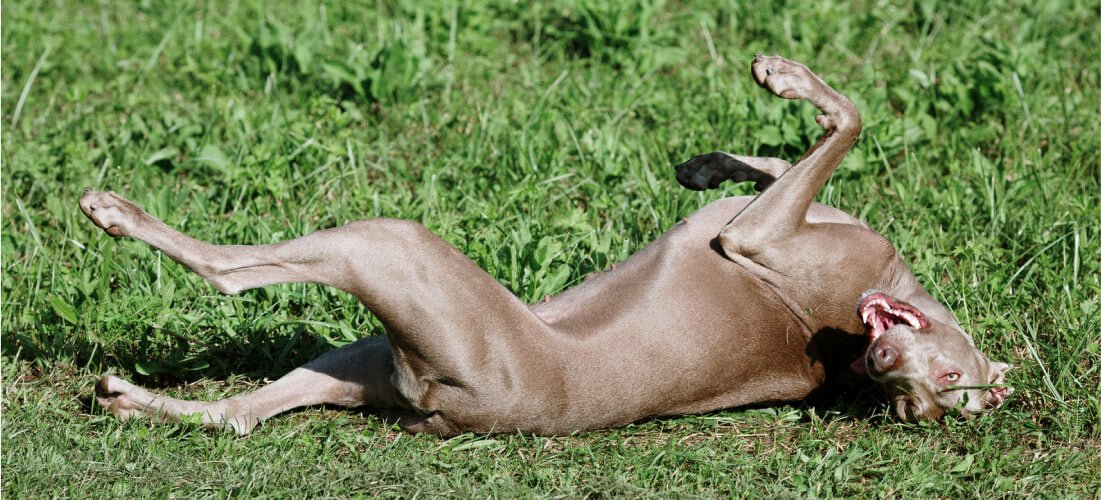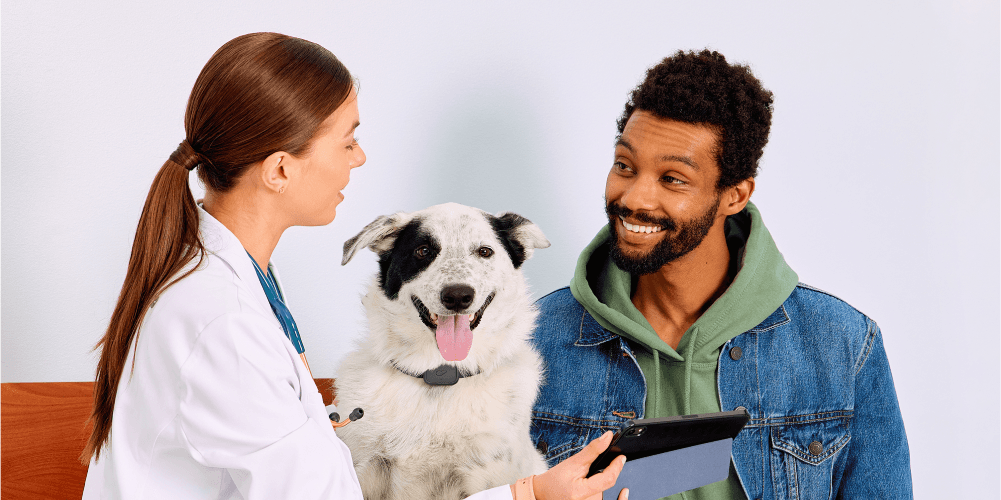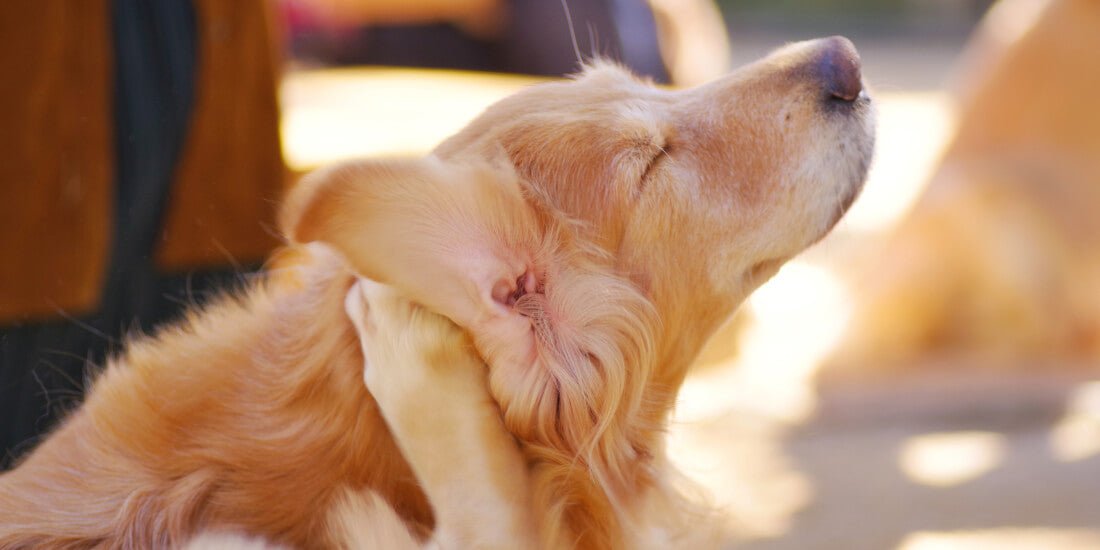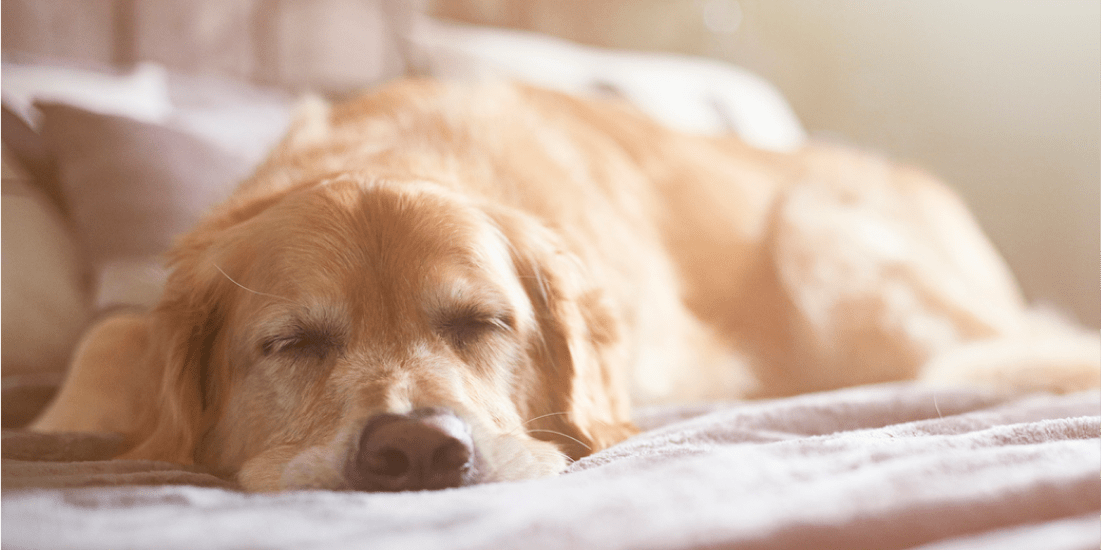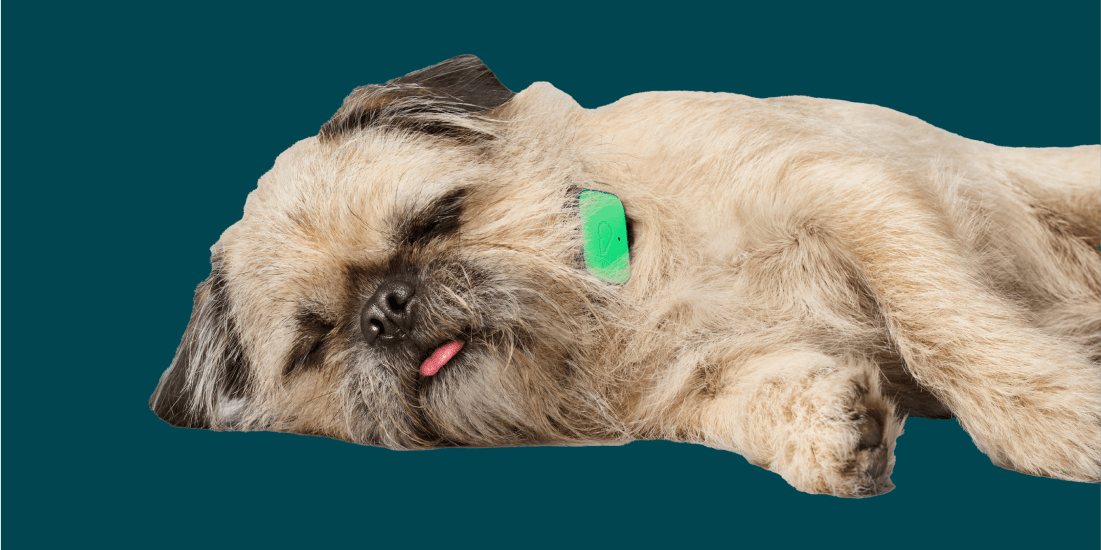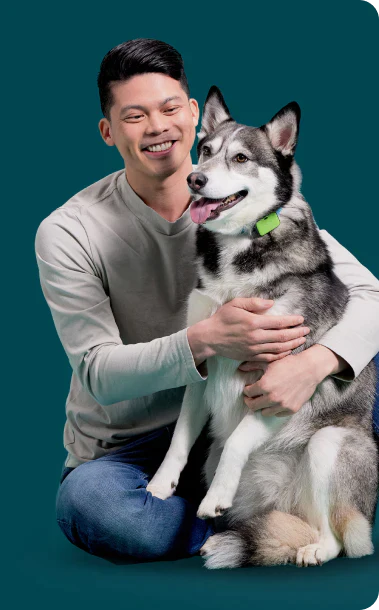What your dog’s sleeping position says about them
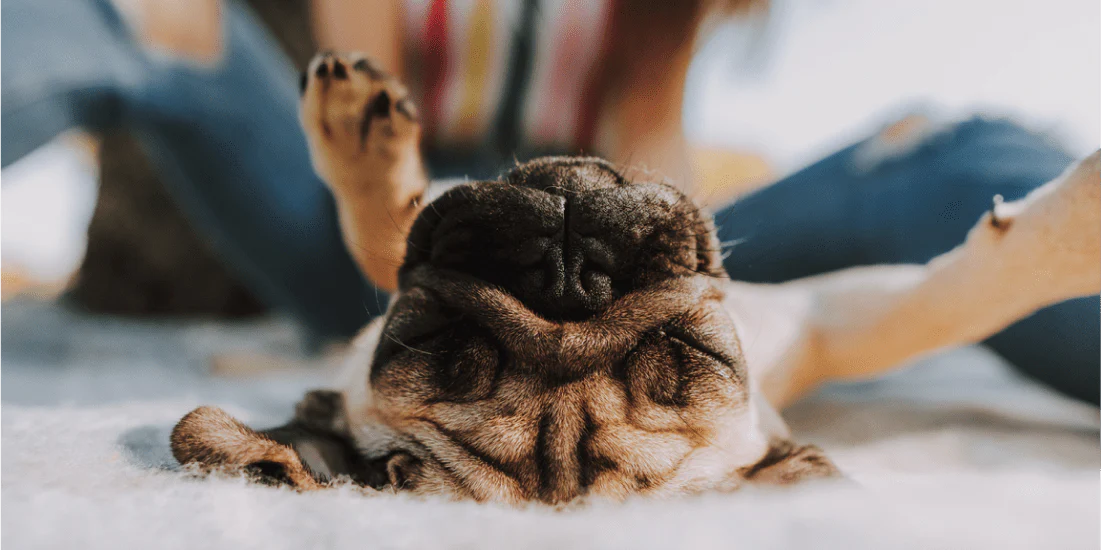
Raise your hand if you’ve ever looked over at your sleeping dog and said, “That cannot be comfortable.” Everyone, right?
All dog sleeping positions are adorable in their own way: maybe your pup sprawls across the couch, curls up like a croissant, or somehow ends up on their back with their head tangled up in their paws. It’s as impressive as it is endearing.
The Whistle app tracks your pet’s sleep to let you know the quality and quantity of sleep they’re getting each night. But we wanted to find out more about why dogs sleep in the silly positions they get themselves into. So we consulted two expert veterinarians to get their take.
It turns out, dog sleeping positions can be just as varied and unique as your sweet pup.
It’s often simply a matter of preference. “They’re all individuals and they just do what’s comfortable,” according to Dr. Elizabeth Shines, DVM, Digital Health Associate Veterinarian at Kinship.
Here are some of the most common dog sleeping positions you might notice and what they could mean about your pet:

What it means when your dog sleeps on their stomach:
This position could mean that your pup isn’t quite down for the count just yet. “That’s their ready position where they can spring forward,” Dr. Shines says. Sometimes it’s just comfortable—more belly contact with a cool floor, for example—and sometimes it’s because your dog wants to be able to jump into action if necessary.
What it means when your dog sleeps on their side:
This position is pretty common for dogs. And just like you may have one side you prefer to sleep on, your pet probably does, too. “Most dogs tend to sleep on one side or another, I think it’s just more comfortable for them,” Dr. Shines says. However, if your dog suddenly seems to be favoring one side over the other, you might want to make a note of this with your vet. “That could indicate that maybe they’re starting to get sore hips or a sore shoulder,” she says.
What it means when your dog sleeps on their back:
While this is just a comfortable position for some dogs, it’s also a nice compliment to your home—because dogs will only do this when they feel very safe. “If you see a dog who sleeps like that, that’s not going to be a dog who’s timid or afraid,” Dr. Shines says. Instead, that dog feels safe, secure, and protected in their environment.
What it means when your dog sleeps curled up:
Sometimes curled up is just a cozy way to lay and sometimes it indicates they’re a little chilly, Dr. Shines says. “Curling up in a little ball you stay a lot warmer,” she says. Some dogs, like the Siberian husky, might even pull their tail over their face to conserve more energy. Curling up also means their most vulnerable bits (namely, their abdomen) are less exposed.
What it means when your dog sleeps splayed out:
Pretty much the opposite of curling up, dogs can also seem to splay out as large as possible from nose to tail. Dr. Shines explains that this is sometimes the case if your pup is feeling hot, especially if you also notice them shifting around or seeking cooler spots, like the floor, rather than the couch. Otherwise, they might just like the feeling of stretching out.
What it means when your dog cuddles up with your other pets:
If you’ve got several dogs in the house, you might catch them napping near each other—in the same bed even. “For most pets if you see them lying together on the same bed...that’s a really good sign, it means they’re comfortable with each other, they take comfort with each other. It’s part of the bonding process,” Dr. Shines says. Also, it’s one heck of an Instagram-able moment.
Should you ever worry about your dog’s sleeping position?
Most dog sleeping positions are no big deal, even if they do look downright uncomfortable. And while it might be annoying when your furry bed partner does a whole lot of moving and shaking in your bed at night, that’s not exactly uncommon either.
“They don’t tend to lay in one position all night,” Dr. Shines says. “They will totally roll around.” That said, if you’re noticing that your dog suddenly can’t seem to get comfortable, it could be worth checking in with your veterinarian. Arthritis or an acute injury could be making it difficult for them to really relax.
A dog’s sleeping position is rarely cause for concern, but there are a few things to watch out for, says Dr. John Iovino, Digital Health Associate Veterinarian at Kinship. For instance, if your dog’s legs are crossed in a way that looks painful, if your dog seems to be laying in one position for an extended period of time, or if your pup strikes you as uncomfortable when they’re trying to get to sleep, there could be a deeper issue going on.
“Anything that’s out of the normal range that alerts a client, I think it’s worth investigating,” notes Dr. Iovino. “Pet parents live with these mammals so they know them the best.”
While “normal” dog sleeping positions range all over the place, if you’re ever concerned about your dog’s sleep or their sleeping position, remember that you can always tap Chat With a Vet from your Whistle app to get some expert advice.
--
Colleen Stinchcombe is a freelance writer with two dogs. She writes about pets for Whistle Labs, Rover, and Woman’s Day.



